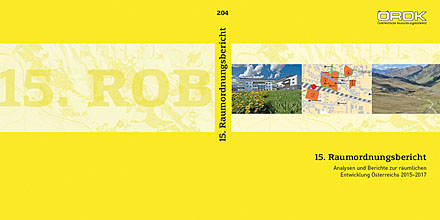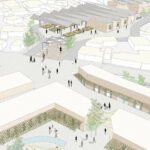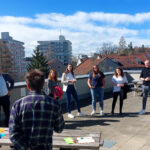OIR was responsible for editing the 15th Spatial Planning Report on behalf of the Austrian Conference on Spatial Planning (ÖROK). This report contains analyses of relevant spatial developments in Austria in the period 2015 to 2017. In addition, OIR has written the chapter on ‘Framework conditions and trends in spatial development’. On the basis of facts and maps, this chapter highlights and analyses specific topics related to spatial development.
OIR was responsible for editing the 15th Spatial Planning Report on behalf of the Austrian Conference on Spatial Planning (ÖROK). This report contains analyses of relevant spatial developments in Austria in the period 2015 to 2017. In addition, OIR has written the chapter on ‘Framework conditions and trends in spatial development’. On the basis of facts and maps, this chapter highlights and analyses specific topics related to spatial development. The authors Erich Dallhammer, Wolfgang Neugebauer and Roland Gaugitsch used current data of the Austrian Regional Monitoring System. Indicators from the “ÖROK Atlas”, the “ÖROK Forecasts” or from ÖROK accessibility analyses are presented in a comprehensive picture and in relation to each other. Based on the region-specific Austrian developments, the authors derive challenges for the future spatial development policy in Austria. Furthermore, the Spatial Planning Report describes the implementation of the Austrian Spatial Development Concept 2011 (ÖREK 2011), the ÖREK partnerships, the framework conditions of regional policy and regional economic development in Austria, as well as current trends in the Austrian spatial planning law. OIR has also compiled examples in order to illustrate the diversity of planning instruments in the planning processes of Austria. Further information on the 15th Spatial Planning Report is available on the ÖROK website (in German).






